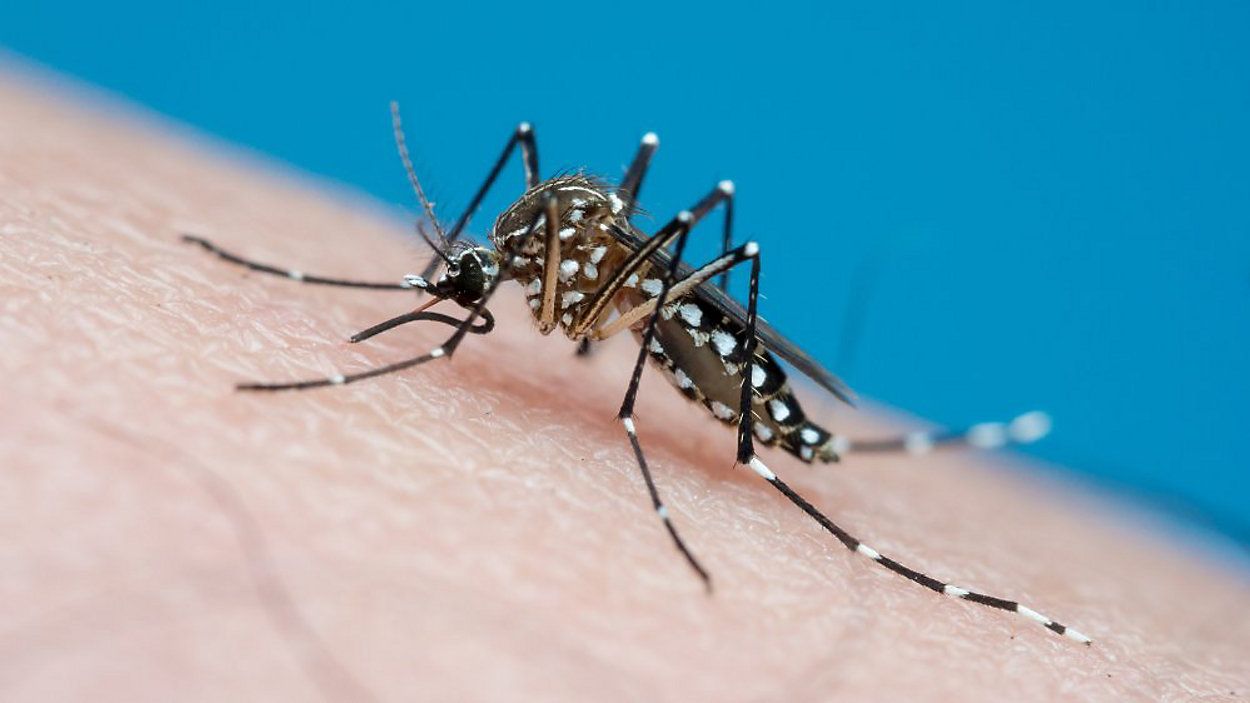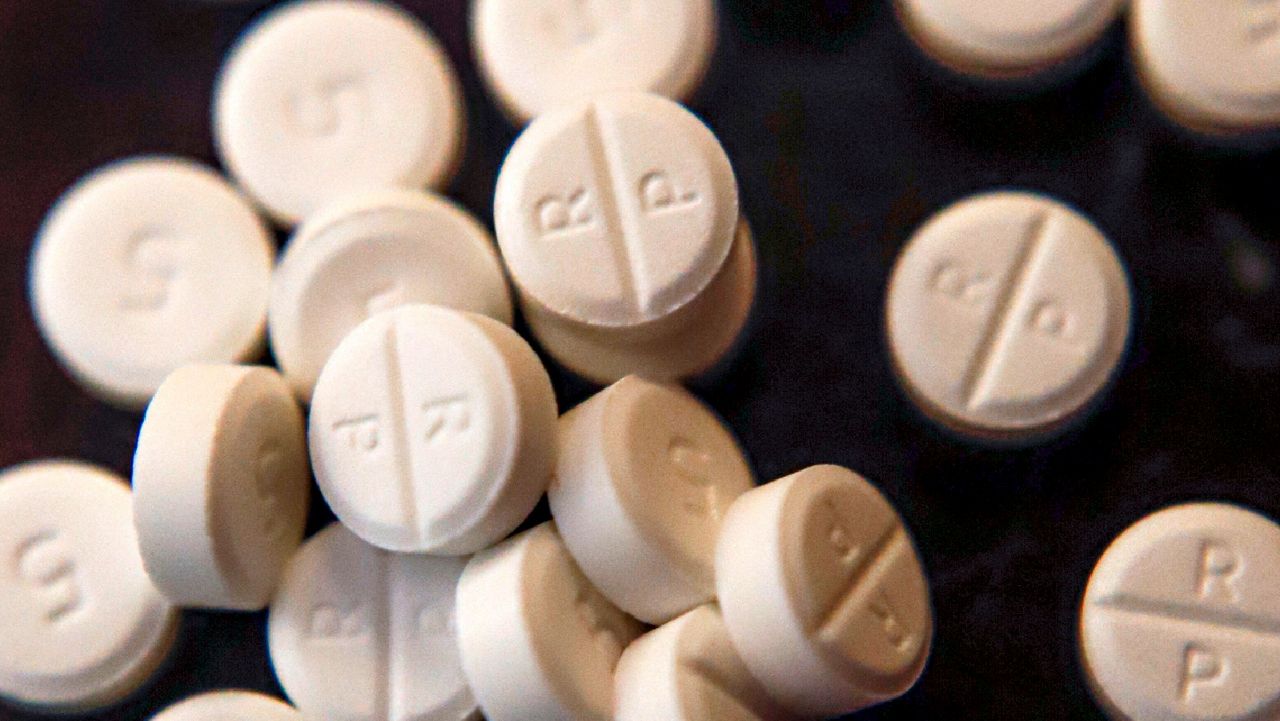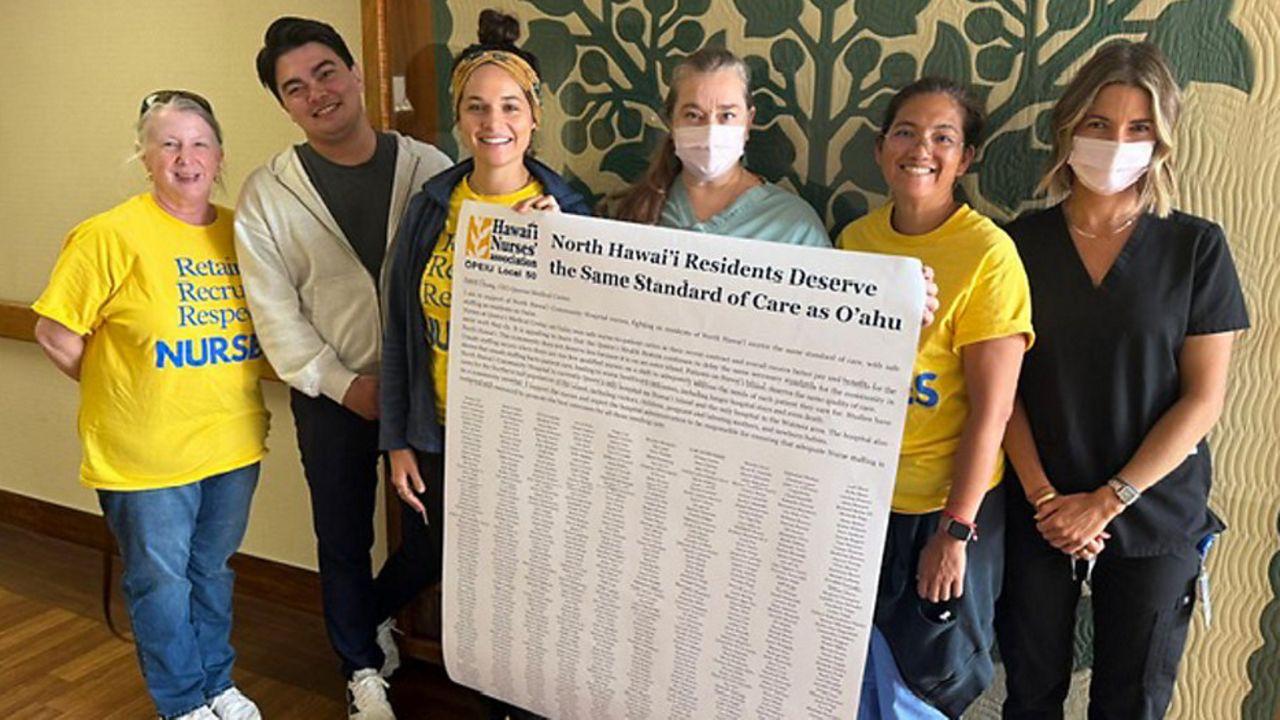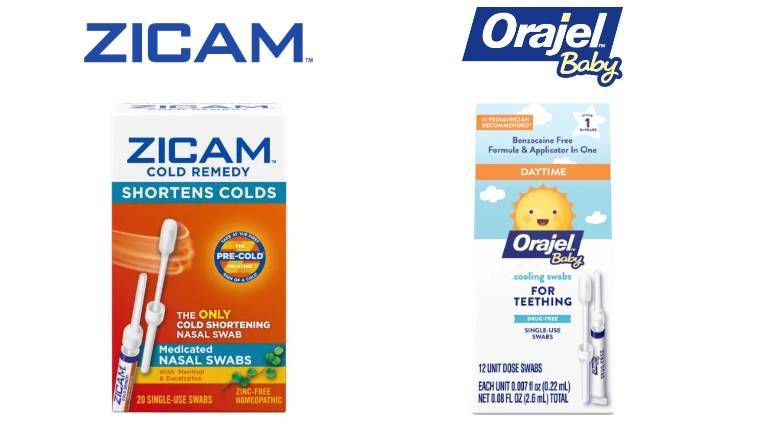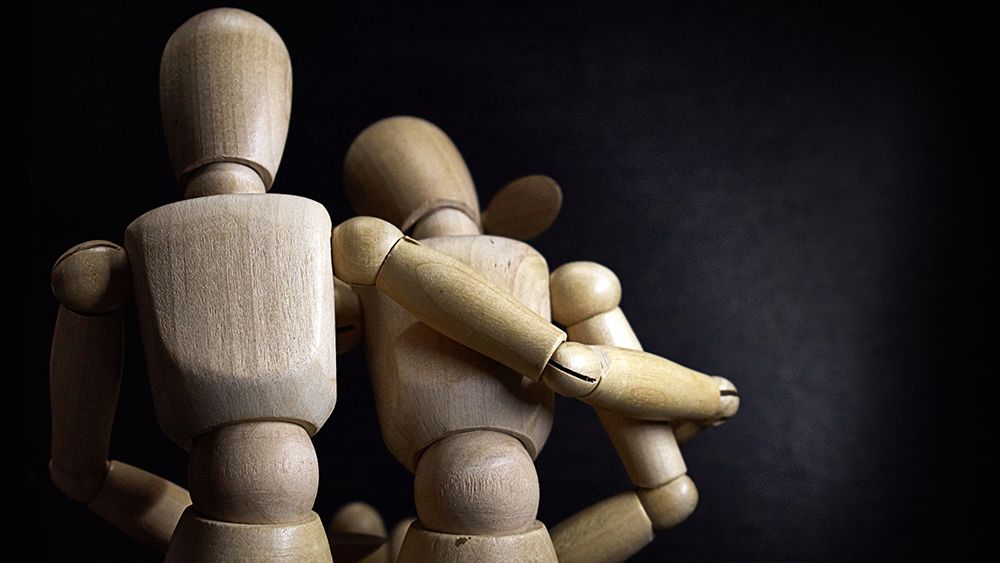The Hawaii Department of Health announced an individual from Oahu, who traveled to an area where dengue is prevalent, now has the virus.
This is Hawaii's 16th confirmed travel-related dengue case in 2024 — four on Maui, one on Kauai and eleven on Oahu.
Dengue symptoms may include fever, nausea, vomiting, rash and body aches. Severe symptoms are more likely in someone who has been previously infected with dengue. Most people recover in about a week, according to the Hawaii DOH.
If anyone has recently traveled to an area where dengue is common and is experiencing these symptoms, the Hawaii DOH urges them to contact their health care provider.
To transmit dengue fever, a mosquito must first bite a person infected with dengue, and then, after five to seven days, the virus develops in the mosquito and can spread when the infected mosquito bites another person.
The Hawaii DOH’s Vector Control Branch inspects areas with confirmed dengue cases and takes mosquito-reducing action to lessen the chances of dengue being transmitted to others in the area.
The state agency also asked the community to help reduce the risk for local transmission by following the practices described below.
Mosquitoes only need small amounts of standing water to breed, so it's good practice to get rid of water in buckets, water-catching plants such as bromeliads, small containers, planters, rain barrels, and cups left outside.
Visit the Disease Outbreak Control Division website or DOH’s Vector Control Branch website for more information.





